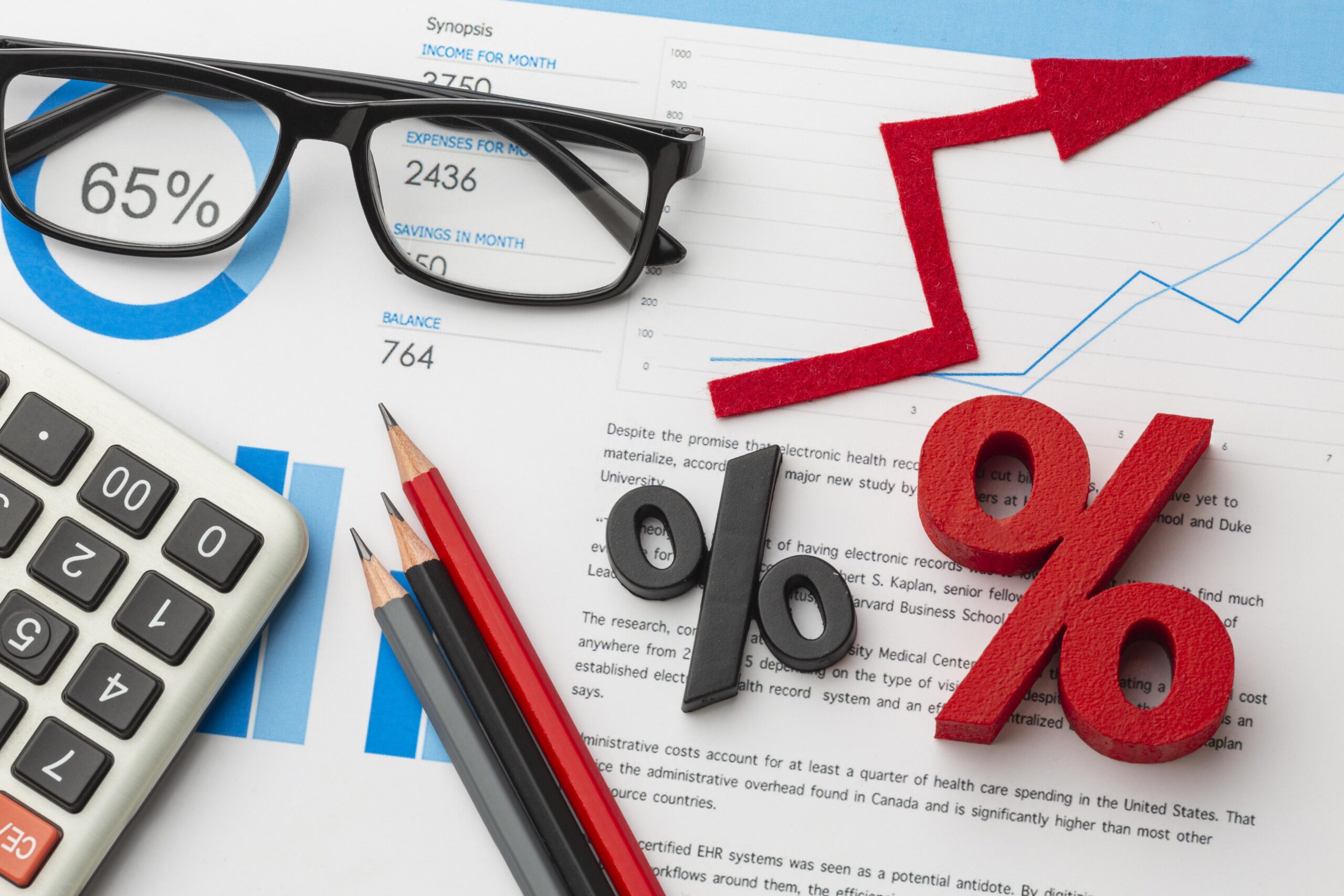
Global Economy
- The global economy continues to expand, although the speed of growth appears to be slowing. The trade war between the US, China and Europe is a major contributor, along with significant US Policy uncertainty and “policy by twitter” out of the US. US economic stability appears to be diminishing under Trump’s presidency and uncertainty has flowed into markets and economic forecasts. The government shutdown is not helping.
- Despite warnings of higher inflation early in 2018, global inflation has stayed low. The weaker economic outlook suggests that inflation is likely to stay low for some time, although full employment in USA, Japan, et al., may still provide some upside surprise. That said, recent weakness in commodities, particularly oil, suggests inflation is likely to stay low for a little while yet.
- All major economies of the world are growing with only Argentina (21st largest) and Venezuela (26th largest) in contraction from the top 50. Inflation is largely under control, with the exception of Turkey (24%), Russia (7.75%), Mexico (8.25%), and Argentina (59%), very high.
Global Markets
- Equity market volatility sustained throughout the December quarter and has continued into the first week of 2019. It has been largely driven by the US market (down more than 13%) and is a combination of the above-mentioned economic uncertainty and a revaluation from high equity prices.
- US sectors hit hardest have been Energy which is down over 25% in the last 3 months (coinciding with weak oil prices), Information Technology (down more than 22%) and Industrials (down more than 21%).
- Global markets (MSCI World down ~11%) is in serious correction phase. The weaker Australian dollar cushioned some global equity performance, as the Hedged MSCI World was down more than 13% for the quarter.
- The better valued Emerging markets dropped around 5% for the quarter and is now showing better one-year performance than global equities, after lagging for most of 2018.
- Defensive positions towards US Dollar and conservative bonds provided the best returns during the equity market volatility. Global and Australian bonds returned around 2% for the December quarter.
Global Risks
- Economic slowdown appears to be the major issue today…whether it is USA, China or Europe. Equity markets had priced in continued strong growth and the weaker outlook ensured an appropriate and possibly overdue correction.
- Uncertainty around Trump presidency adds plenty of risk and impeachment doesn’t necessarily point to a positive or negative equity market direction.
Australian Economy
- The Australian economy continued to expand although the latest growth figures dropped from 3.1% to 2.8%. The biggest positive contributors to growth were a drop-in import and an increase in household consumption. Looking ahead, a low Australian dollar will continue to improve the trade balance.
- Unemployment is at 5.1%, sustaining its low level, although wage inflation continues to be low. Consumer price inflation is also low at 1.9% providing little impetus towards the Reserve Bank increasing its cash rates.
Australian Markets
- The Australian sharemarket outperformed global equities over the volatile December quarter with the MSCI Australian index returning a still disappointing -7%. This out-performance is due to a combination of low proportion of technology and energy securities in the index as these sectors were hit hardest globally.
- Australian bonds have produced a strong 2.8% for the December quarter, whilst the Reserve Bank kept interest rates at 1.5% with little sign of future change. In fact, global economic weakness and Australian property price weakness means the next rate move may be down and not up.
- The Australian dollar continues its weakness against the US Dollar and at the time of writing was a little under $0.70 US (3 January 2019). This lower level is typical of equity market volatility, where there is a rush to the safety of US Dollar denominated bonds.
Australian Risks
- The major economic and market risks specific to Australia remain, that is, the potential downward snowballing of residential property prices in Sydney and Melbourne, and further growth decline of the Chinese economy.
- Sydney and Melbourne residential property prices have continued to fall with the ABS releasing a September quarter decrease of almost 2% for Sydney and down 2.6% for Melbourne. Perth and Darwin property have also experienced a decline during 2018.
- The current global economic weakness and market volatility has flowed to Australia, so there is always the risk of this continuing as the market behaviour becomes more psychological than price-rational. Whilst Australian equities appear fairly valued, it can still be argued that US markets look relatively expensive. So, a continued correction in the US could flow to Australia.
This article was prepared by Michael Furey, Principal of Delta Research & Advisory, on behalf of the HPartners Group.
Latest News Articles
Back to Latest News
RBA Holds Rates Steady as Signs of Cooling Emerge

Budgeting on a Rollercoaster Tradie Income


